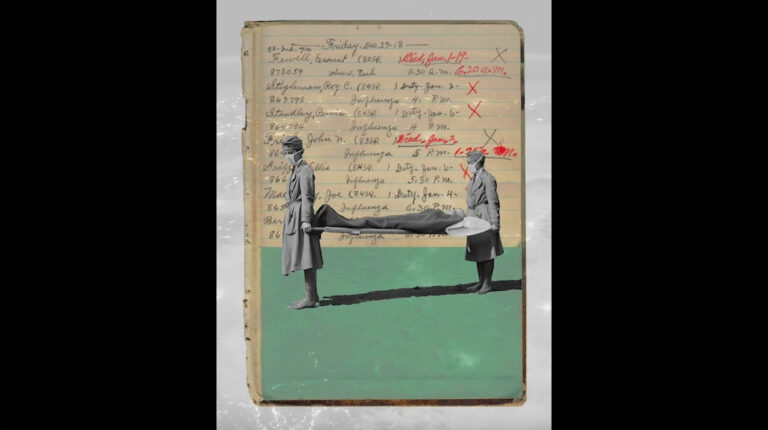This paper seeks to engage the construction of urban “soundscapes” as a potential flashpoint for class conflict by analyzing auditory and visual representations of “the neighborhood” (al-houma) in a handful of Moroccan hip-hop videos. I begin by situating Moroccan hip-hop within transnationally circulating associations of hip-hop with “urban” life, as well as the political dynamics of North Africa’s colonial and postcolonial urban histories. I then analyze four videos comparatively, suggesting that each goes beyond lyrical and musical content of the songs to construct a sensory experience of the city—or neighborhood—for the listener-viewer. In giving attention to the political implications of each video, however, I argue that what distinguishes each is less what sort of “soundscape” emerges in his video but how each video teaches the audience to “hear” the Houma. While videos by mainstream rappers Muslim and Don Bigg figure urban space as threatening and in need of moral recuperation, they enact these pedagogies largely through indexical figurations of their respective soundscapes, that is, by directing the listener to attend to certain (inaudible) sounds and to interpret them in a certain way. By contrast, a video by El Haqed, known as a more staunchly oppositional figure, visually and sonically constructs a peri-urban lifeworld conditioned by neoliberal economic abandonment yet resistant to the postcolonial gaze. This contrast, I suggest, raises crucial questions about how hip-hop is linked to broader dynamics of cultural appropriation and “resistance” politics.
Keyword: sound
Cycles of Quotidian Pandemic Instances: Voice(less) Stories from 1918
By silencing the knowledge of our past, it will not disappear; it transforms into a hum. The hum, as a fluid object of silence can be mournful, can represent absence. The hum that we are neglecting connects with our feelings, registering as cyclic vibrations in contact with parts of the body. The vibrato of the hum speaks of unspoken relations that, according to Tina Campt, unifies quietness with sound, surrounded by affect within a register of meaningfulness. If we don’t dare to remember, some images will enunciate—and speak to—the affective register. With the sonic integration of Radio Influenza, artist Jordan Baseman’s computerized voices narrate stories from 1918 through newspaper fragments. The audible tracks add another register to the vibrations, complicating Paul Gilroy’s “politics of transfiguration,” where the “lower frequency” is purposefully over(p)layed mainly with a different set of forgotten histories suppressed from the war narrative. Hence, the sound is felt from an audible and visual register, enacted at the level of the quotidian narratives of twentieth-century photographs and newspaper stories. If we listen to these quiet photos, to these muffled stories, can we acknowledge that just as sonic vibrations, pandemics tend to come in waves as well? In the end, the 1918 spring influenza outbreak was followed by three waves: the fall of 1918, spring of 1919, and winter of 1919. These waves of history, sound, and pandemics, can push us to resist the neglectfulness and acknowledge what we have unlearned from the cycles of quotidian instances, time and time again.
Review of Hungry Listening: Resonant Theory for Indigenous Sound Studies by Dylan Robinson (University of Minnesota Press)
In his new book Hungry Listening: Resonant Theory for Indigenous Sound Studies, Stó:lō music scholar Dylan Robinson contributes to the decolonization of music studies by advocating for a critical awareness of listening positionality. One of the activating forces for this work was the increase in Indigenous participation in classical music since the early 1990s. This resulted in collaborations between non-Western musicians and classical music ensembles in North America that were not necessarily based on reciprocal relationships, instead “fitting” Indigenous artists into paradigms of Western performance and composition. Hungry Listening seeks to transform the way we recognize Indigenous sovereignty, perceiving Indigenous oral, aural, and written expressions as sovereign in and of themselves.
Between Meaning and Becoming: Some Introductory Notes on Queering the Noise
In different ways, the body of texts collected in this thread comprise a multimodal engagement with the intersection of queerness and aurality. In both format and formal characteristics, many of the included texts inhabit liminal generic spaces and hybrid media forms, continually threatening to push beyond existing format categories and, in doing so, continually gesture towards the perpetual coming-into-being that characterizes sound.



